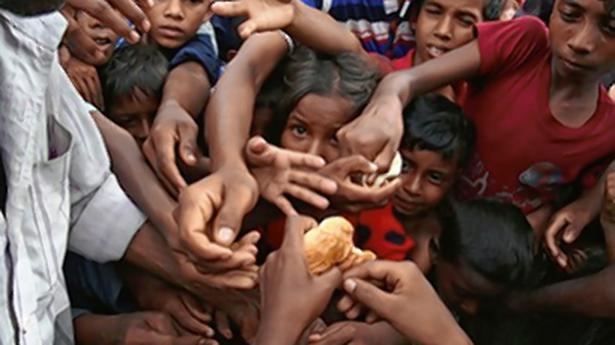
Explained | How bad is the global refugee crisis?
The Hindu
In 2021, most refugees came from Syria, while Turkey hosted the maximum number of refugees.
The story so far: The United Nations has designated June 20 as World Refugee Day to honour forcibly displaced people all around the world and celebrate their strength and courage.
For the 2022 edition of World Refugee Day, the UN Refugee Agency (UNHCR) has decided to focus on the right of refugees to seek safety.
The UNHCR defines a refugee as a person who flees their home country due to violence, conflict or persecution. Race, religion, nationality, political opinion or membership in a particular social group are the most common reasons of persecution due to which people flee their homelands.
A closely related category is that of Internally Displaced People (IDPs) -- those who are on the run due to armed conflict, generalised violence or human rights violations, but within their own country.
According to the UNHCR, 69 per cent of refugees displaced across borders are from just five conflict-ridden countries: Syria, Venezuela, Afghanistan, South Sudan, and Myanmar.
The United Nations Convention Relating to the Status of Refugees was adopted in 1951 and forms the crux of international refugee protection today. The convention is grounded in Article 1 of the Universal Declaration of Human Rights 1948 which states that everyone has the right to seek and to enjoy asylum from persecution in other countries . The convention also highlights non-refoulement – not returning refugees or asylum seekers to a country where their freedom or lives are threatened.
The 1951 convention originally only applied to people who fled due to events that occurred before January 1, 1951, and within Europe. An amendment in the form of a 1967 Protocol removed these limitations and made the Refugee Convention applicable globally.





















 Run 3 Space | Play Space Running Game
Run 3 Space | Play Space Running Game Traffic Jam 3D | Online Racing Game
Traffic Jam 3D | Online Racing Game Duck Hunt | Play Old Classic Game
Duck Hunt | Play Old Classic Game











